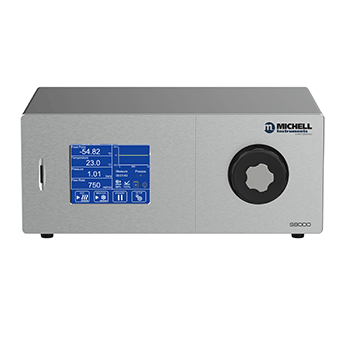
Measurement of moisture in annealing furnaces is essential to achieve consistent properties of the treated metals. If dew point is uncontrolled or measured with poor quality instruments negative impact on dimensions of the part or its hardness are likely due to carburization or decarburisation occurring.

